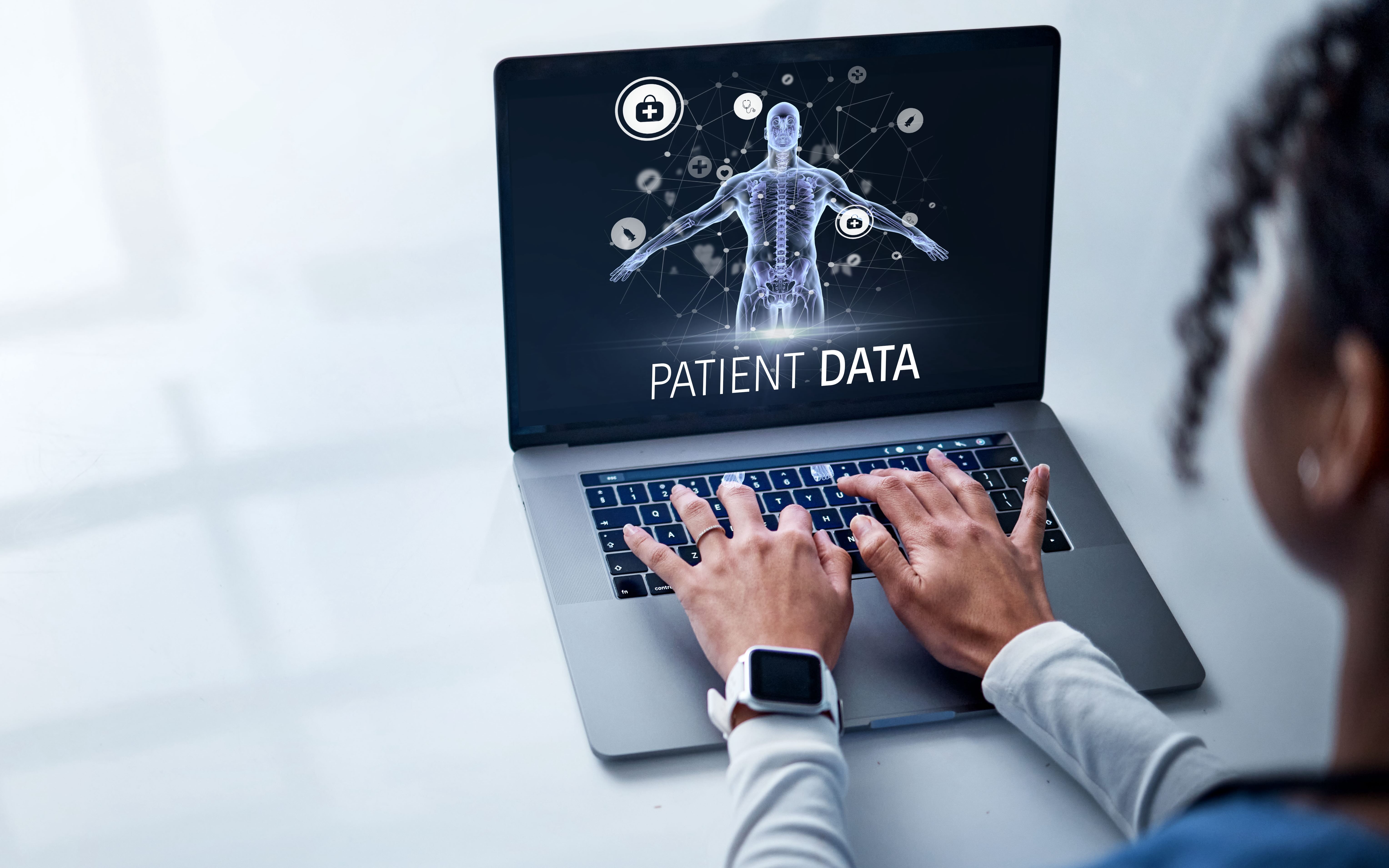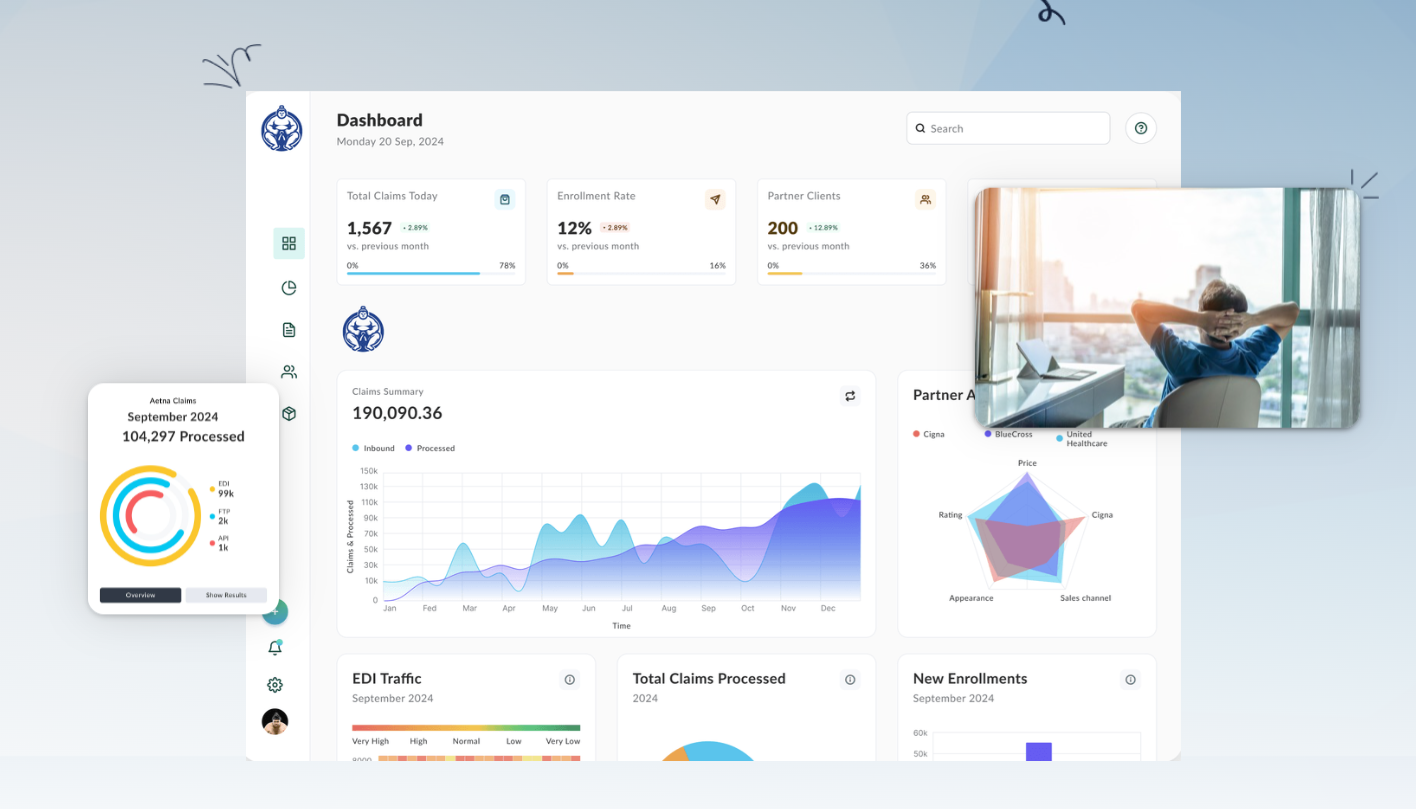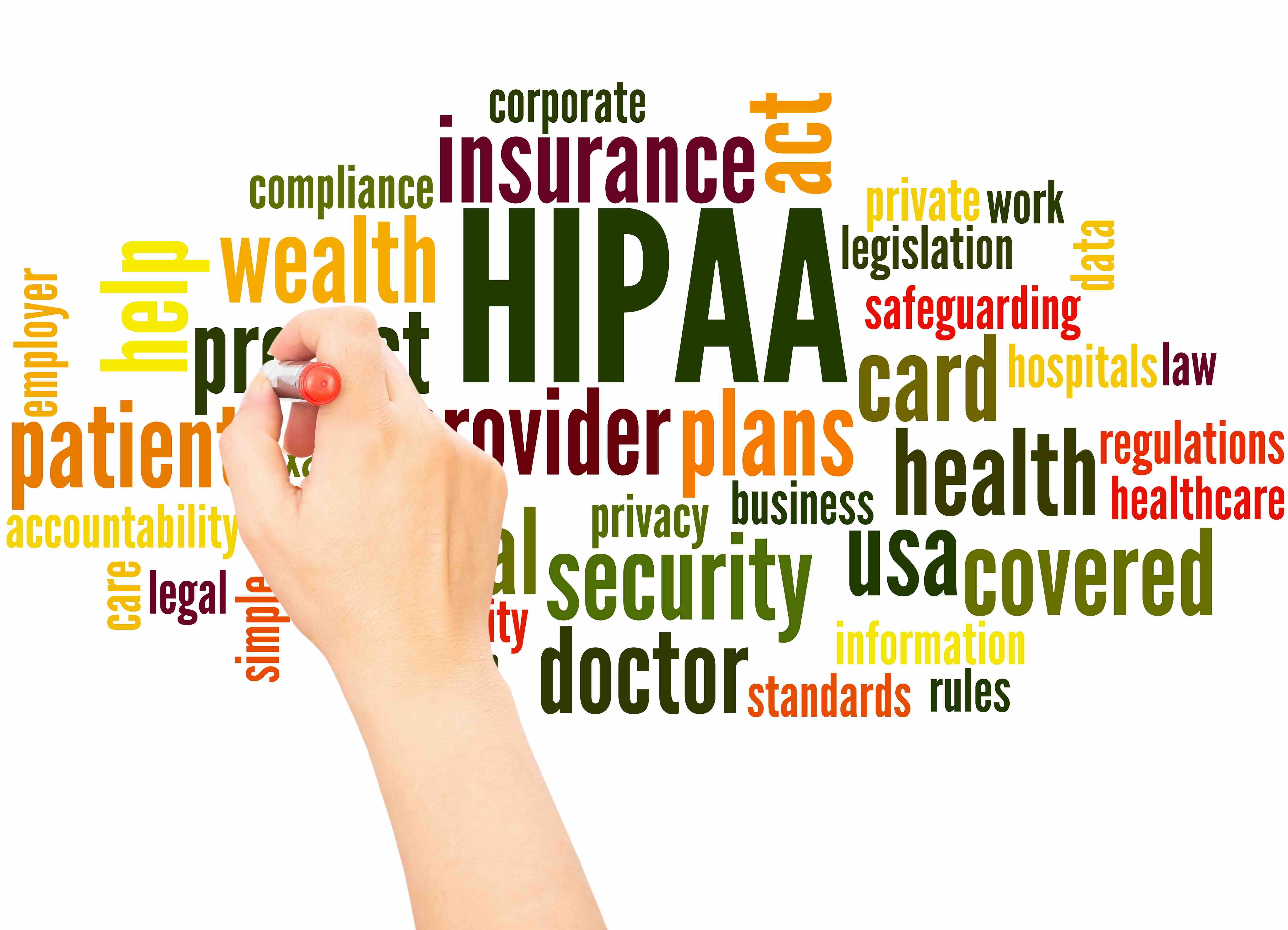Automated EDI Monitoring: The Key to SOC-1 and SOC-2 Compliance for Healthcare Payers


Within the healthcare insurance industry, managing sensitive data with unwavering accuracy and security isn’t just table stakes—it’s a regulatory mandate. As payers, we know that electronic data interchange (EDI) forms the backbone of our eligibility, claims, and enrollment workflows. But when it comes to proving we handle that data appropriately, passing SOC-1 and SOC-2 audits is often a source of anxiety. So, how does automated EDI monitoring fit into the compliance landscape, and what makes a next-generation platform like EDI Sumo uniquely advantageous for modern payers? Let’s dig in.
Understanding SOC-1 and SOC-2 Compliance
SOC (System and Organization Controls) reports are essential frameworks for establishing and verifying trust in how organizations manage data and controls. Here’s a quick overview of the flavors most relevant to healthcare payers:
- SOC-1: Focuses on internal controls over financial reporting (ICFR). For insurance companies, this means ensuring that claims, premiums, and enrollment data are processed without error or unauthorized changes.
- SOC-2: Covers controls around security, availability, processing integrity, confidentiality, and privacy of data—especially important for HIPAA-covered entities handling protected health information (PHI).
Both reports are increasingly required by business partners and regulators alike. However, the growing complexity of EDI file formats (from 834s to 837s, XML, CSV, and beyond) makes demonstrating compliance more complex than ever.
Why Manual EDI Monitoring Falls Short in a SOC-Compliant World
Many organizations still rely on a patchwork of scripts, manual file checks, and labor-intensive reporting to track EDI data flow and spot anomalies. While understandable, these methods are:
- Prone to human error: Manual steps are a compliance risk—the smaller your margin for error, the greater your exposure.
- Slow to react: Without real-time monitoring, resolution to compliance gaps or data breaches can be delayed, putting you at risk for audit findings or even penalties.
- Lack transparency: Auditors want clear, provable records—manual processes obscure much-needed visibility.
Automated and real-time EDI monitoring isn’t just a time saver—it’s a foundational pillar for both proactive compliance and operational excellence.
Automated EDI Monitoring: The Building Blocks of SOC Compliance
Let’s look at how automated EDI monitoring, as delivered by a platform like EDI Sumo, directly supports SOC-1 and SOC-2 requirements for healthcare payers:
1. Real-Time Audit Trails
One of the primary demands of both SOC-1 and SOC-2 is evidence. You need to prove (not just assert) that every EDI transaction, change, or access event is tracked—with a definitive audit trail. Automated monitoring platforms can capture:
- Evolving state of EDI files (who sent what, when, and where it was processed)
- System or user interventions (such as error corrections, manual overrides, or approvals)
- Chain-of-custody events for sensitive data, key for HIPAA and audit requirements
2. Automated Error Detection and Alerts
Spotting discrepancies at the moment they arise, not days or weeks later, is vital for both SOC-1 and SOC-2 adherence. Automated solutions like ours flag:
- File format anomalies or missing data points in 837/834 transactions
- Out-of-sequence or unvalidated data mappings
- Real-time error notifications sent directly to the right team, not buried in logs
3. Compliance-Focused Reporting
SOC audits require documentation that controls are not only in place, but actively monitored. Automated reporting tools provide:
- On-demand and scheduled reports demonstrating control operation over time
- Drill-down capabilities for reviewers and auditors (from high-level summaries to transaction-level details)
- Customizable dashboards for both business leaders and audit stakeholders
4. Role-Based Access and Data Segregation
Maintaining the principle of least privilege is core to SOC-2 (and HIPAA) compliance. Automated systems enforce:
- Role-based controls over who can see, process, or change sensitive data
- User activity logging—so you know exactly who accessed or modified critical information
- Configurable segregation of duties across enrollment, claims, and eligibility workflows
Simplifying Multi-Format EDI for Consistent Compliance
One challenge we hear all the time is, “How do I prove compliance across all my data feeds—since EDI isn’t just X12 anymore?” The answer is data normalization and multi-format support. Platforms like EDI Sumo Eligibility Management dramatically simplify this process by:
- Ingesting and translating eligibility, claims, and enrollment info from EDI, XML, CSV, or positional files
- Applying unified validation and audit controls, regardless of format
- Standardizing reporting outputs so auditors can quickly verify compliance across all data sources
Ultimately, having all your data and audit controls under the same umbrella isn’t just convenient—it further secures your compliance posture, even as formats evolve.

Exceeding Auditor Expectations
When auditors review your environment, they’re looking for:
- Evidence of continuous monitoring, not just point-in-time checks
- Demonstrable incident response capabilities (How fast can you catch and document a data anomaly?)
- Clear visibility into system changes, user access, and activity
Automated EDI systems like ours were designed from the ground up with these exact needs in mind for healthcare payers. Whether it’s handling massive volumes of 834s or processing millions of historical eligibility records, a unified platform gives you both real-time visibility and a defensible audit record.
Tangible Benefits Beyond the Compliance Checkbox
While SOC compliance is a must, the ripple effects of robust, automated EDI monitoring pay dividends across the enterprise. For example:
- Reduced operational risk: Automating audit trails and alerts dramatically reduces the risk that a missed error or access event snowballs into a regulatory incident.
- Lower administrative burden: Instead of burdening your IT or compliance teams with time-consuming manual reviews, you empower them to focus on more strategic tasks.
- Improved partner trust: Sharing well-documented, independent compliance evidence accelerates new partnerships and reassures existing clients and regulators.
- Accelerated SLA performance: With real-time data flow and discrepancy alerts, insurers can consistently meet service level agreements, avoiding penalties and reputational risk.

Key EDI Sumo Features Relevant to SOC-1 and SOC-2
From our work with vision, dental, and health plan payers, we’ve prioritized features that map directly to compliance demands. EDI Sumo offers:
- Real-time monitoring and status dashboards for EDI transactions
- Automated error alerts for rapid incident response
- Comprehensive logging and audit trails retained for historical audits
- Role-based access controls and data segregation
- Simplified, customizable reporting modules supporting auditor queries
- Multi-format file support (834, 837, CSV, XML, positional, and more) for consistent compliance regardless of data source
You can read more about these solutions on our Trust Center and Claims Management pages.
Choosing the Right Approach
As healthcare insurance and payer organizations face mounting pressure to demonstrate their readiness for SOC-1 and SOC-2, the risks of sticking with legacy manual processes grow every year. Automated EDI monitoring isn’t just a luxury—it’s a compliance and operational necessity. By implementing a comprehensive platform like EDI Sumo, you’re not only future-proofing your compliance strategy, but also making your operations more efficient, resilient, and transparent than ever before.
If you’re ready to see how automated EDI monitoring can transform your compliance journey-and finally say goodbye to sleepless nights before your next SOC audit-learn more or schedule a demo with our team.


.png)





.png)

.png)


.png)
